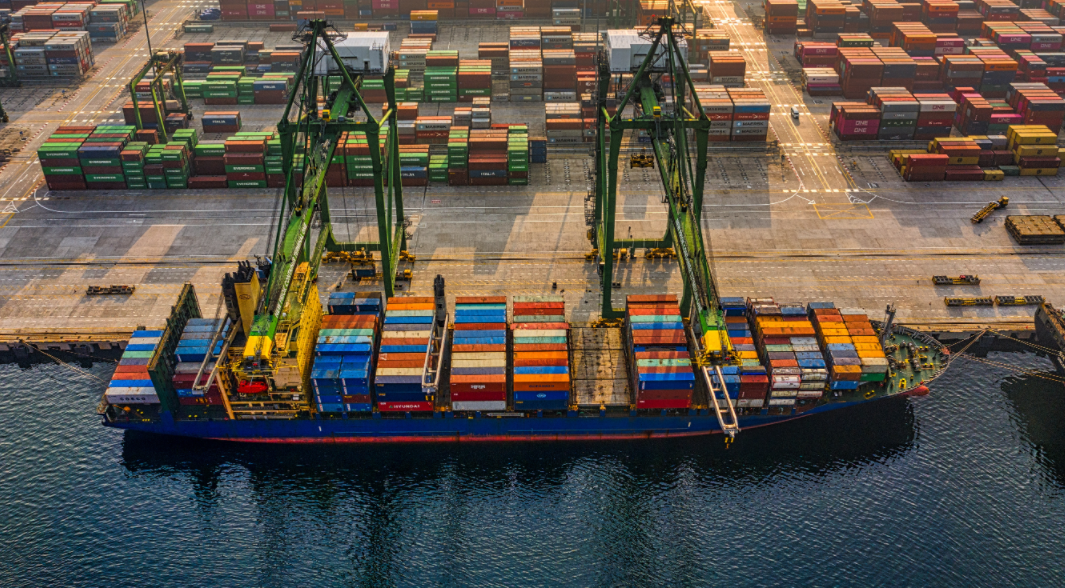
Recently, the Tianjin Shipping Index (TSI), the indicator of domestic and foreign shipping prices in northern China, has changed from the previous steady upward trend, and has experienced a month-on-month decline for seven consecutive weeks, with a drop of 10.17% during the period, a drop of more than 10% from the beginning of the year. Industry insiders believe that the combination of factors such as improved shipping efficiency, lower domestic and foreign demand, falling international oil prices, and steady increase in shipping capacity have led to a continuous decline in shipping prices.
Data shows that in the 31st week of 2022 (August 1-5), TSI closed at 1715.52 points, down 3.53% from the previous month, maintaining a month-on-month decline for 7 consecutive weeks, and the decline expanded. Among them, the sharp fall in TCI is the main factor leading the trend of TSI.
Analysts believe that with the stabilization of the covide prevention and control situation at home and abroad, the steady decline in international shipping prices since the beginning of this year is reasonable, while the recent rapid decline is due to the superposition of multiple factors.
First of all, the operation of the international supply chain is stable and improving. The person in charge of the Tianjin Shipping Business Technology Service Center pointed out that as the epidemic prevention and control situation in various countries has slowed down, the shortage of containers in liner companies and the shortage of people at the destination port for loading and unloading have eased, the operation efficiency of the shipping supply chain has improved, and the freight rates of major routes are stable. The decline has released a positive signal that export enterprises have resumed work and production, and port transportation has steadily "recovered".
Second, domestic and international freight demand declined. The person in charge of Tianjin Shipping Business Technology Service Center believes that on the international side, Europe has encountered extreme high temperature weather, which affects the production activities of enterprises; with the intensified economic pessimism, local enterprises have slowed down the pace of procurement, importers tend to be cautious in replenishing inventory, and freight volume hovering at a low level; freight demand on routes such as South America and the Persian Gulf also experienced a turn from prosperity to decline in July.
Third, international oil prices fell amid shocks. Since the beginning of this year, rising international oil prices have played an important role in pushing up commodity prices and shipping prices. However, for more than a month, the falling oil price has directly led to the cooling of freight rates. Among them, dry bulk freight rates are particularly directly affected by oil price fluctuations.
Fourth, the market capacity has gradually recovered. Since the outbreak of the epidemic, shipping companies around the world have ordered a large number of new ships. These new ships are expected to be launched within 2 to 3 years. The market capacity will increase significantly from the end of this year to next year, and the market space supply will be sufficient.
Previous:Trend | What does the new normal of the US line look like?
Next:Yixing Announces Strong Results for Second Quarter and First Half of the Year